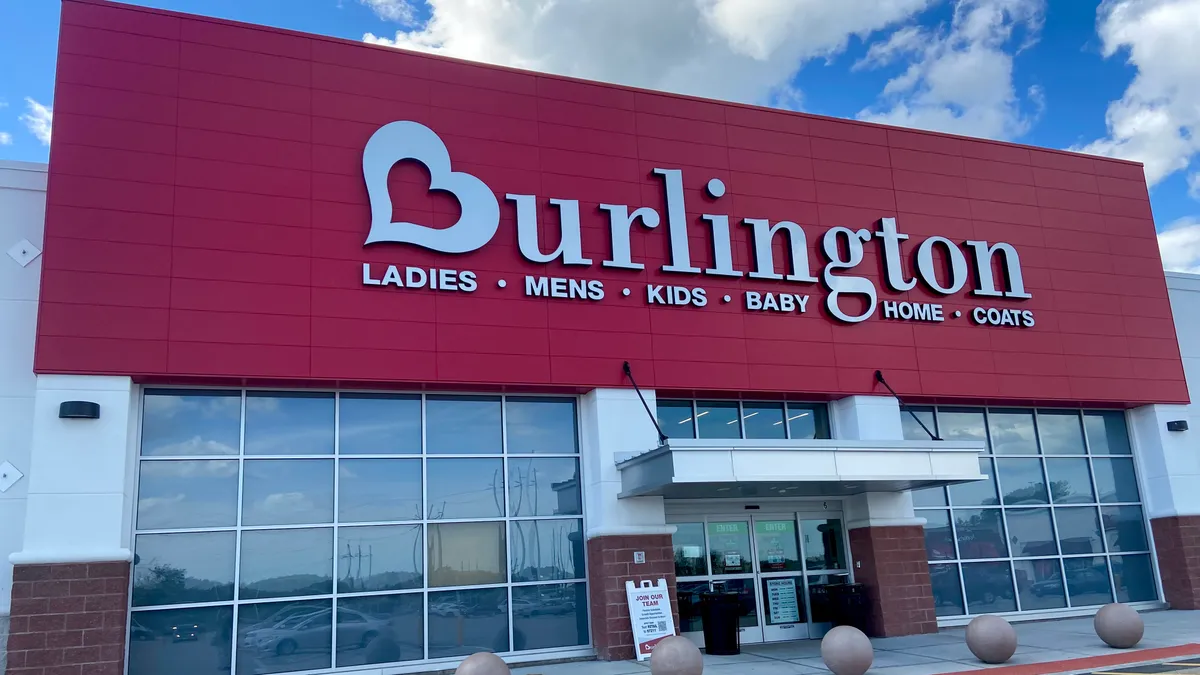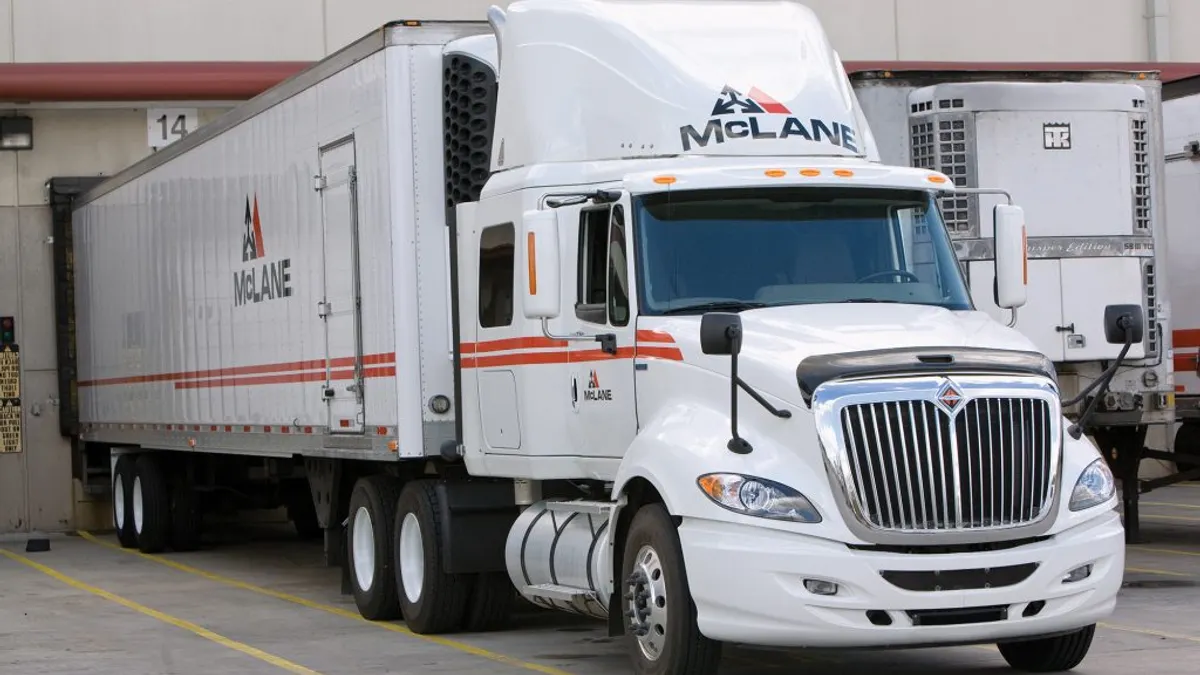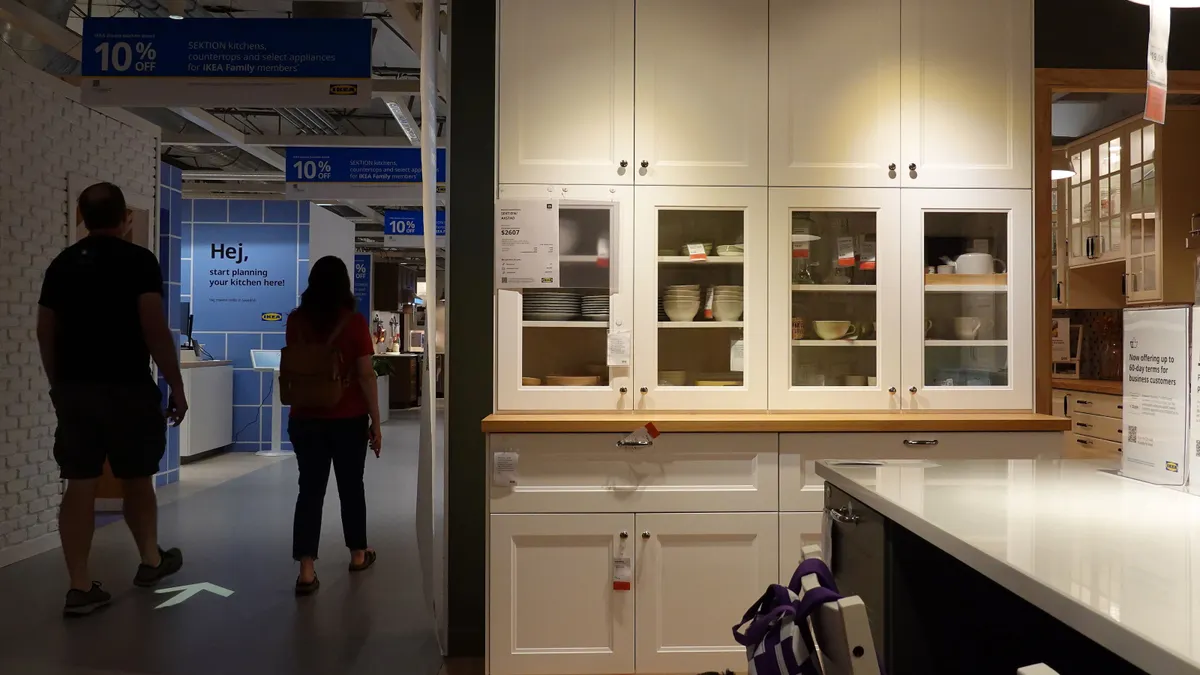As businesses aggressively pursue markdowns to clear excess inventory, off-price retailers are now finding themselves in direct competition with brand name stores.
Burlington Stores, Ross and Nordstrom Rack are among those that have experienced declining demand as consumers seek discounts at big-name box stores such as Target and Walmart. To keep up, off-price stores are now slashing prices even further and trying to improve their product assortment.
“The promotional environment has gotten so aggressive in such a short period of time that we need to make the move on [marking down] the goods,” said Ross CEO Barbara Rentler on a Q2 earnings call. “Otherwise, we're not offering the customer the value that she wants and needs.”
It’s a sharp reversal from the optimism executives expressed just months ago. Many had expected that inflationary pressures and a glut of inventory would have given off-price retailers expanded buying options at lower prices, allowing them to gain more in markups.
Burlington had predicted “the opening of supply” from industry-wide glut would allow it to secure higher markups in the latter half of the year, though CEO Michael O’Sullivan walked back that expectation on a Q2 earnings call. The retailer is now focused on keeping inventory levels balanced and improving its assortment of products while keeping costs down.
“We need to challenge every hanger in our assortment and make sure we are offering the best value,” said O’Sullivan. “During this time, we will tightly control buying and liquidity, carefully managed inventories and aggressively pursue opportunities to drive down expenses.”
Retailers grappling with an overwhelming amount of inventory are choosing to hold on to inventory rather than hand it off to the off-price market. Some are deploying big discounts, while others including Gap are choosing to store products to sell later when demand improves.
“Rather than head to off-price at the point where they normally would, retailers might hang on to the merchandise a little longer or try to sell it at their own stores at a markdown,” said Marshall Fisher, professor of operations, information and decisions at the Wharton School of the University of Pennsylvania. “Branded retailers are becoming a stronger competitor to off-price because their excess inventory means they're offering a greater range product.”
For branded retailers, the calculus is simple. With financial losses mounting from supply chain delays and lower consumer demand, companies hope aggressive discounts can help rightsize their stock levels.
Burlington’s CEO noted retailers are extending discounts to more premium items, pressuring off-price stores to compete on price and quality. “The current level of promotional activity will not last forever,” O’Sullivan told analysts last month. “But while it does, it will create a very significant headwind for us.”
To keep up, some off-price retailers are focused on clearing their own inventory levels to improve product assortment.
"We are clearing through lower price point items at Nordstrom Rack, to make room for the premium brands at great prices that drive the Rack business," Nordstrom President and Chief Brand Officer Pete Nordstrom said on a Q2 earnings call.
Despite the headwinds, some believe that industry-wide glut still presents off-price a major opportunity for growth. Brett Rose, CEO of wholesale distributor United National Consumer Suppliers, said that even though less retailers are selling to off-price, there are still plenty of products available.
“You're not seeing a ton of retailers selling off excess goods to off-price retailers,” said Rose. “You're seeing a lot of suppliers being canceled by retailers, who are then selling it off the off-price retailers for a significant discount. So it's almost a better deal.”
Many off-price retailers buy products at lower prices to hold on and sell later, for example buying winter jackets in the summer. The key, Rose said, is staying in touch with what the consumer wants to effectively plan for demand.
The TJX Companies, which owns TJ Maxx and Marshalls, reported strong profitability in the past quarter despite a decline in U.S. sales, with President and CEO Ernie Herrman saying on the company’s Q2 call that there are “plenty of open-to-buy to take advantage of the current environment.”
“Our teams executed our off-price fundamentals extremely well, and our merchants did an excellent job buying the right merchandise in the right categories,” he said.
This story was first published in our Operations Weekly newsletter. Sign up here.






















